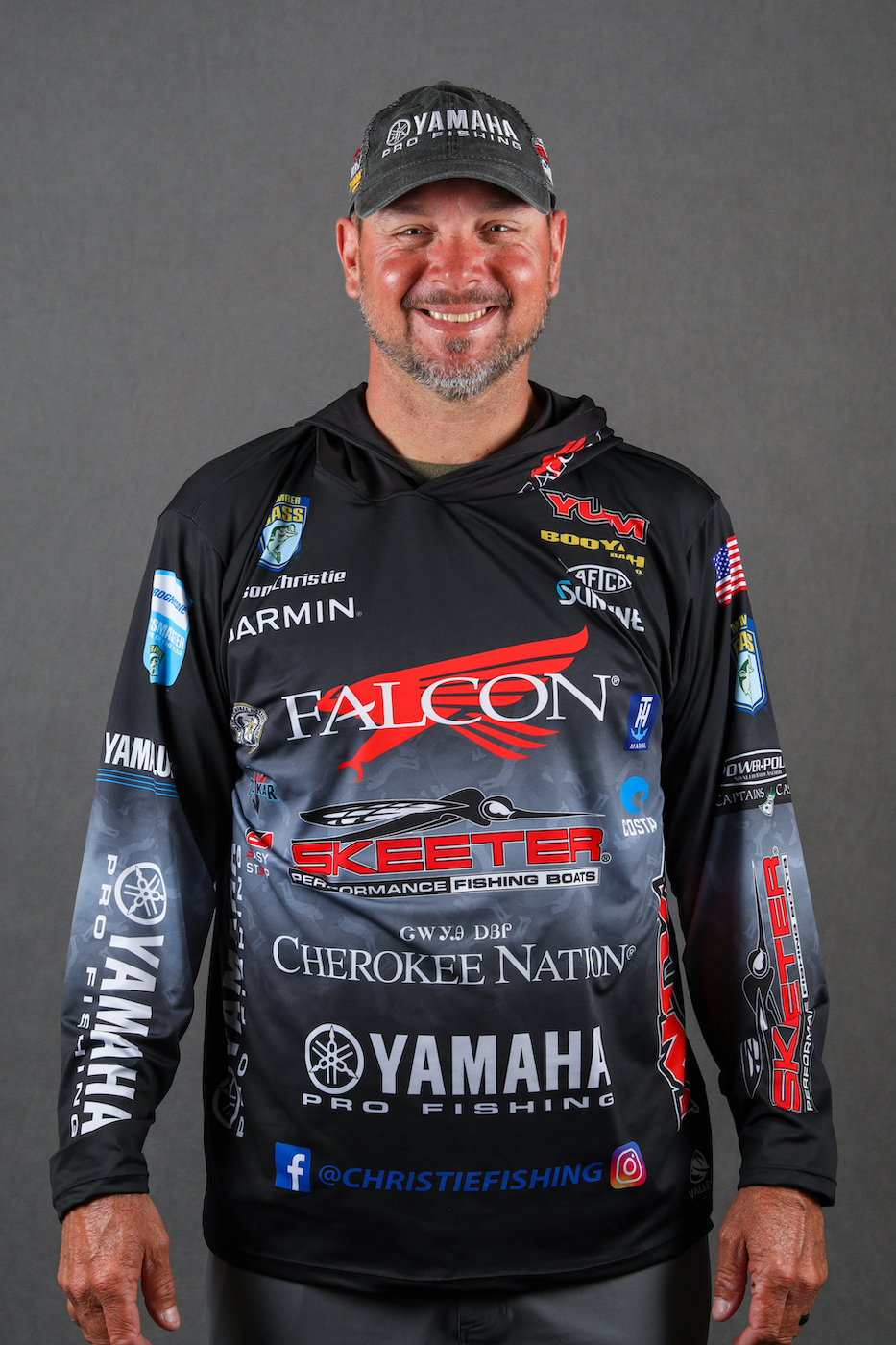Everybody who knows me knows that flipping is my thing. If I could flip every day I fish, I’d be a happy guy. But while I’m a flipper at heart, I’m first and foremost a professional fishermen, so that means I fish where the fish are.
This time of year, a lot of the fish are offshore and on many of the lakes we fish, that means ledges. This is a totally different game from the shallow water tactics I enjoy so much, but I like the diversity that I find in these summer events like this week’s BASSfest at Chickamauga.
There’s no question that moving from the bank to the ledges requires not only technique adjustments, but also a different perspective. The main difference, I’ve found, is that when you’re fishing shallow you’re fishing for a single fish. You’re going down the bank flipping docks or laydowns and you’re looking for one here and one there. It’s a different story out deep. It can be really time consuming fishing out there on the ledges, because that entails a whole lot of looking. But you have to consider that if you put in your time and pay close attention to your electronics, you could catch a bunch of fish in a very short amount of time.
Unlike the shallow water scene, you’re looking for schools of fish offshore and when you find one, you can catch a big bag in just a few minutes.
I’ll be honest, I feel much more comfortable with a flipping stick in my hand, but it’s always a good thing when any of my rods are bent up with a big fish. That’s what keeps me on the ledges this time of year – the possibility of running into one of those big schools that’ll keep me busy for a while.
The offshore structure is generally the next move after the postspawn transition, but by the time the water temperatures reach about 80 degrees, most of the fish are going to be out deep. Every lake has its exceptions and lakes with a lot of grass will hold some fish shallow much of the year. And if the water gets muddy after a big rain, the ledge bite is over for me.
When I’m searching for ledge fish, I’m looking for anything different; something out of the ordinary that might attract fish. Little notches, stumps, rockpiles – those all represent areas that bass often congregate around.
Current is one of the biggest considerations, because that water movement is what positions the fish and makes them feed. For the most part, the more current you have, the more the fish will group up, while they usually scatter out when there’s less current.
I’ve seen schools of 50-100 fish in an area the size of a boat when the current is strong, but they may scatter out over an area the size of a football field if there’s no current. If you can find one of those little spots where fish congregate when the current is strong, you might find a school of fish ganged up tightly. In this scenario, you can sit there and make one cast repetitively and catch them one after another. Checking the release schedules for the lake you’re fishing tells you what times to expect the optimal current. The TVA provides daily water release schedules for all of the Tennessee River reservoirs (TVA.gov), but also keep an eye on conditions during the day. A lot of times, you’ll notice things that tell when the current comes on. Floating debris is the most obvious and if you know what you’re looking at, you can see the current ripples in the water. I’ll also idle past the river channel buoys and look for current seams behind them.
And then there’s the simple observation of boat positioning. Say I’m going down a ledge; if I come off the trolling motor and my boat drifts back at a good pace, then that tells me the current is running.
My main ledge fishing bait is a Bomber BD7 deep diving crankbait. I use this to cover lots of water to locate fish. I throw that on a 7-foot-6 Falcon Cara cranking rod with a 5:1 Lew’s BB1 Pro reel and 12-pound Sunline Sniper. If the crankbait bite slows, I’ll switch to a 5-inch Yum Money Minnow on a 3⁄4-ounce jighead to show the fish something different and hopefully pick up a few more. I fish this on 16-pound Sniper and I use a 7-foot, 4-inchFalcon rod with a 7:1 Lew’s BB1 Pro reel so I can move the bait faster when I need to.
If I need to slow down and drag something past the fish, I throw a 10-inch Yum Ribbontail worm rigged with a 1⁄2-ounce tungsten sinker and a 5/0 TroKar hook. I like a 7-foot-3 Falcon swimbait rod with a 7:1 reel for this bait.
These baits usually do the job in most scenarios, but if a hot ledge bite has several boats crowding one area, those fish will see a lot of the same types of baits over and over again. Reaching for something a little different can be my best move in this scenario.
In crowded areas, I’ll try something lighter than the typical ledge baits – maybe a drop shot or a shaky head. A lot of time you can fool these pressured fish with a smaller bait. I’ve caught some big bass by showing them a smaller bait, so I’ll keep a finesse rig handy when I’m fishing the ledges.
It’s definitely a different deal than shallow water flipping, but I enjoy the challenge of figuring out what’ll make a bass bite. For me, it’s about location, current and the right bait selection.





